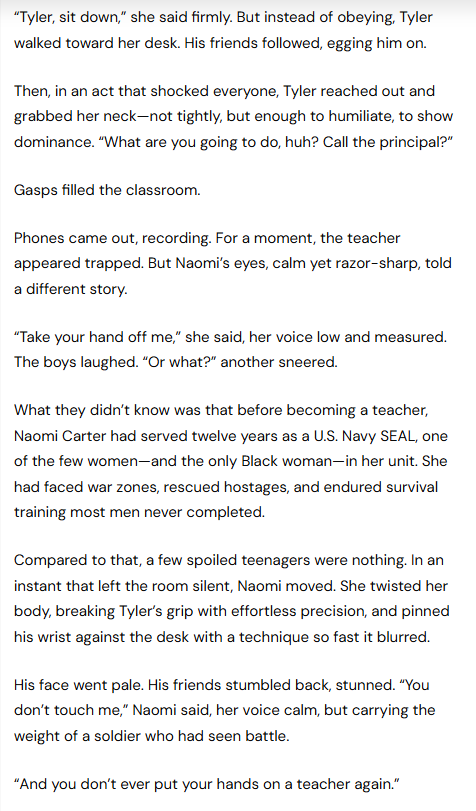In a world that moves faster every day, where distraction is constant and inner peace seems increasingly elusive, many are turning inward to find calm and clarity. One of the most powerful tools for self-exploration and emotional release is emotional writing. It’s not about crafting perfect sentences or writing a bestseller—it’s about honesty, vulnerability, and giving your emotions space to breathe. Emotional writing has been widely embraced as a means of healing, finding mental clarity, and even reshaping how we relate to ourselves.






What Is Emotional Writing?
Emotional writing, often referred to as expressive writing, is the practice of putting your inner thoughts and feelings onto the page without filtering or censoring them. It’s about expressing what’s real for you in the moment—whether it’s joy, grief, confusion, anger, fear, or hope. Unlike journaling that might catalog events or plans, emotional writing dives deeper, asking you to explore how those events make you feel and why.
This kind of writing doesn’t have to follow rules of grammar, structure, or logic. It’s raw. It’s real. And most importantly, it’s yours.
Why Emotional Writing Heals
Emotional pain is often invisible but can be just as intense—and in some cases, more long-lasting—than physical pain. When we don’t express our emotions, especially the difficult ones, they can become trapped in our bodies, manifesting as anxiety, depression, fatigue, or even physical illness. Writing about emotions acts as a release valve. It helps us process complex experiences, giving us insight into patterns we didn’t even know we were caught in.
Researchers like Dr. James Pennebaker, a pioneer in expressive writing, have found that writing about traumatic or emotional experiences for just 15-20 minutes a day can lead to better physical and mental health. People who engage in emotional writing have shown improvements in immune function, reduced symptoms of depression and anxiety, and even faster recovery from surgery.
Creating Space for Inner Reflection
In the noise of daily life, it’s easy to lose connection with yourself. Emotional writing is a powerful way to tune back in. It invites you to sit with your feelings, even the uncomfortable ones, and get curious about them instead of pushing them away.
Ask yourself:
- What am I feeling right now?
- When did I last feel this way?
- What does this emotion want to tell me?
These questions are not meant to be solved like puzzles, but rather explored like stories. Emotional writing opens up that space, helping you trace emotional threads back to their roots, whether they’re recent stressors or old wounds from childhood.
Techniques to Start Emotional Writing
You don’t have to be a writer to benefit from this practice. The goal isn’t perfection, it’s presence. Here are a few approaches to help you get started:
1. Freewriting
Set a timer for 10-20 minutes and write non-stop about what’s on your mind or in your heart. Don’t edit. Don’t reread. Just write. Let your thoughts flow freely. If you don’t know where to start, write “I don’t know what to write” until something comes.
2. Prompt-Based Writing
Use open-ended prompts to guide your session. Here are a few examples:
- “The last time I felt truly seen was…”
- “I’ve been avoiding writing about…”
- “I’m angry because…”
- “What I wish I could say out loud is…”
3. Dialogue with the Self
Write a conversation between parts of you—your inner critic and your inner child, your anxious self and your calm self. Let them talk. This kind of inner dialogue can reveal hidden truths and unresolved emotional tension.
4. Letter Writing (Unsent)
Write a letter to someone you’re holding emotions toward—an ex-partner, a parent, a former friend. Say everything you’ve been carrying. You don’t have to send it. The act of writing it is the healing.
5. Rewriting the Narrative
Sometimes, we carry painful stories about ourselves. Rewrite the story from a different perspective. Instead of being the victim, what if you were the survivor? What did you learn? How have you grown?
When the Writing Feels Too Hard
Emotional writing can bring up deep pain. You might cry. You might feel overwhelmed. That’s okay. That’s part of the process. But if you find yourself feeling stuck in trauma or triggered in ways that feel unsafe, consider reaching out to a mental health professional. Writing can open the door, but sometimes we need a guide to help us walk through it.
You’re not weak for needing help. You’re strong for seeking healing.
Making It a Habit
Healing through writing doesn’t happen overnight. Like any form of self-care, it works best when it becomes a regular practice. Try setting aside a few minutes each morning or evening to write. You don’t need to write pages—sometimes a paragraph is enough. What matters is showing up for yourself consistently.
Some people find it helpful to keep a dedicated notebook or digital document. Others prefer writing and then discarding the pages as a symbolic release. There’s no right way to do it—only your way.
Emotional Writing for Mental Clarity
Mental clutter—those racing thoughts, looping worries, and inner debates—can make it hard to focus, sleep, or make decisions. Emotional writing helps clear that mental fog. By putting your thoughts on paper, you get them out of your head and into a place where you can look at them more objectively.
Often, what seems overwhelming in your mind becomes more manageable when written down. You may start to notice themes, contradictions, or recurring fears. That’s clarity. That’s insight. And with insight comes the power to choose how you respond to your thoughts instead of being ruled by them.
The Unexpected Gifts of Writing
Over time, emotional writing can lead to more than just healing—it can foster creativity, deepen self-awareness, and reconnect you to your purpose. You may find yourself rediscovering forgotten dreams or forgiving parts of yourself you once rejected.
Some people even find that their emotional writings turn into poetry, personal essays, or letters that bring healing to others as well.
Final Thoughts
Emotional writing is a brave act. It asks you to face yourself, to name your truth, and to honor your inner world with compassion. Whether you’re navigating grief, searching for clarity, or simply trying to feel more grounded, writing can be a steady companion on your journey.
There is no formula, no perfect method—only a willingness to begin. In the end, your words don’t have to be beautiful. They just have to be honest. And in that honesty, healing happens.



